Scientists created a new metasurface that projects holograms and unique light patterns. This ultrathin material combines quasicrystals (ordered but not repeating structures) with light manipulation techniques. They achieved this dual function by arranging tiny structures and controlling light interaction. This paves the way for ultra-thin devices in holographic displays, anti-counterfeiting, 3D imaging, and even multi-substance detection tech.
Tag: Light
Optical Imager Captures Amplitude and Phase Information without Digital Processing
UCLA researchers introduced an all-optical complex field imager that captures both amplitude and phase information of optical fields using an intensity-based sensor array. This device employs optimized diffractive surfaces to eliminate the need for digital processing in conventional complex imaging techniques, improving imaging speed and reducing computational demand.
Innovative Material for Sustainable Building
Researchers at the Karlsruhe Institute of Technology (KIT) introduce a polymer-based material with unique properties in the latest issue of the journal Nature Communications. This material allows sunlight to enter, maintains a more comfortable indoor climate without additional energy, and cleans itself like a lotus leaf. The new development could replace glass components in walls and roofs in the future
UC Irvine-led research team discovers new property of light
Irvine, Calif., May 6, 2024 – A research team headed by chemists at the University of California, Irvine has discovered a previously unknown way in which light interacts with matter, a finding that could lead to improved solar power systems, light-emitting diodes, semiconductor lasers and other technological advancements.
New instrument could help scientists tailor plasma to produce more fusion heat
Scientists at PPPL have finished building a new plasma measurement instrument that could aid efforts to boost the heat of fusion reactions in facilities known as tokamaks.
Compact quantum light processing
An international collaboration of researchers, led by Philip Walther at University of Vienna, have achieved a significant breakthrough in quantum technology, with the successful demonstration of quantum interference among several single photons using a novel resource-efficient platform.
Effects of “Blue Light” on Human Health Still Unclear
The International Commission on Non-Ionizing Radiation Protection (ICNIRP) has identified a lack of consensus among public health officials about whether SWL from artificial sources disrupts circadian rhythm, and if so, whether SWL-disrupted circadian rhythm is associated with adverse health outcomes.
Light stimulates a new twist for synthetic chemistry
Molecules that are induced by light to rotate bulky groups around central bonds could be developed into photo-activated bioactive systems, molecular switches, and more.
In a surprising finding, light can make water evaporate without heat
Evaporation is happening all around us all the time, from the sweat cooling our bodies to the dew burning off in the morning sun. But science’s understanding of this ubiquitous process may have been missing a piece all this time.
Organic lasers have a bright future
Scientists at St Andrews are leading a significant breakthrough in a decades-long challenge to develop compact laser technology. Lasers are used across the world for a huge range of applications in communications, medicine, surveying, manufacturing and measurement.
Predicting early cancers with molecular vibration in serum
An integrative method utilizing surface-enhanced Raman scattering and Artificial Intelligence for Cancer Screening (SERS-AICS) in liquid biopsy combines molecular vibrational signals processing with a large-scale data mining algorithm SERS-AICS accurately separates pan-cancer patients from healthy controls. Furthermore, it identifies early-stage cancer samples, offering a cimprehensive “panorama” perspective for cancer screening at molecular energy level. SERS-AICS embodies a promising tool for the earlier detection of a wider variety of cancer types.
Why does skin get ’leathery’ after too much sun? Bioengineers examine cellular breakdown
A study from Binghamton University, State University of New York researchers explores how ultraviolet radiation can alter the microstructure of human skin. Particularly affected is collagen, the fibrous protein that binds together tissue, tendon, cartilage and bone throughout our bodies.
Rutgers is Part of NSF-funded Consortium to Advance Photonics Research and Workforce Development
Rutgers is part of a new federally funded regional collaboration to drive economic and technological advancements in photonics, the National Science Foundation (NSF) announced. The consortium, which includes researchers from Rutgers-Newark and Rutgers-New Brunswick, awarded a development grant from the NSF’s Regional Innovation Economic Engine consortium, led by Princeton University and co-led by Rowan University, with partners throughout New Jersey and neighboring states Delaware, Pennsylvania and New York.
Nanoplastics unexpectedly produce reactive oxidizing species when exposed to light
A team of researchers led by Young-Shin Jun at the McKelvey School of Engineering at Washington University in St. Louis found that nanoplastics facilitate formation of manganese oxide on polystyrene nanoparticles.

Advanced Light Source Upgrade Approved to Start Construction
Berkeley Lab’s ALS has received federal approval to begin construction on an upgrade that will boost the brightness of its X-ray beams at least a hundredfold. Scientists will use the improved beams for research into new materials, chemical reactions, and biological processes. This construction milestone enables the lab’s biggest project in three decades to move from planning to execution.
Tapping hidden visual information: An all-in-one detector for thousands of colours
A new chip from Aalto University researchers puts photonic information at our fingertips.
Improving Image Sensors for Machine Vision
In Applied Physics Letters, researchers highlight the latest nanostructured components integrated on image sensor chips that are most likely to make the biggest impact in multimodal imaging and detailed a promising approach to detect multiple-band spectra by fabricating an on-chip spectrometer. The developments could enable autonomous vehicles to see around corners instead of just a straight line, biomedical imaging to detect abnormalities at different tissue depths, and telescopes to see through interstellar dust.
Light Polarization Creates Art, Explains Mathematical Concepts
In the American Journal of Physics, Aaron Slepkov from Trent University explores the physics of how polarization-filtered colors emerge, how they can be controlled, and why subtle changes in viewing angle, sample orientation, and the order of layers of films between polarizers can have dramatic effects on the observed colors. The research emphasizes visual examples of concepts related to birefringence, such as addition, subtraction, and order-of-operations.
New research shows that brighter days make for better nights
A new study finds that more access to daylight at home improves circadian alignment, sleep and mental health in healthy adults.
Smart Light Bulbs for Better Visibility by Chulalongkorn Researchers Aims to Reduce Accidents in the Elderly and Those with Low Vision
Smart LED light bulbs for the elderly, the latest innovation from Chula and its partners, can do more than emitting light. They enhance the contrast among the primary colors of light thereby improving visibility and reducing accidents in the elderly. The product is expected to hit the market in May.
Trust Science Pledge Highlights 2021 International Day of Light Celebration
The annual International Day of Light celebrates light and the role it plays in science, culture, art, education, and many other diverse fields. This year, the day, Sunday, May 16, takes on a special role as organizers invite everyone to #TrustScience. The steering committee of the International Day of Light decided to emphasize the importance of evidence-based solutions in science by asking supporters to sign the Trust Science Pledge.

3D-Printed Smart Gel Changes Shape When Exposed to Light
Inspired by the color-changing skin of cuttlefish, octopuses and squids, Rutgers engineers have created a 3D-printed smart gel that changes shape when exposed to light, becomes “artificial muscle” and may lead to new military camouflage, soft robotics and flexible displays. The engineers also developed a 3D-printed stretchy material that can reveal colors when light changes, according to their study in the journal ACS Applied Materials & Interfaces.

Large-area Flexible Organic Photodiodes Can Compete With Silicon Devices
The performance of flexible large-area organic photodiodes has advanced to the point that they can now offer advantages over conventional silicon photodiode technology, particularly for applications such as biomedical imaging and biometric monitoring that require detecting low levels of light across large areas.
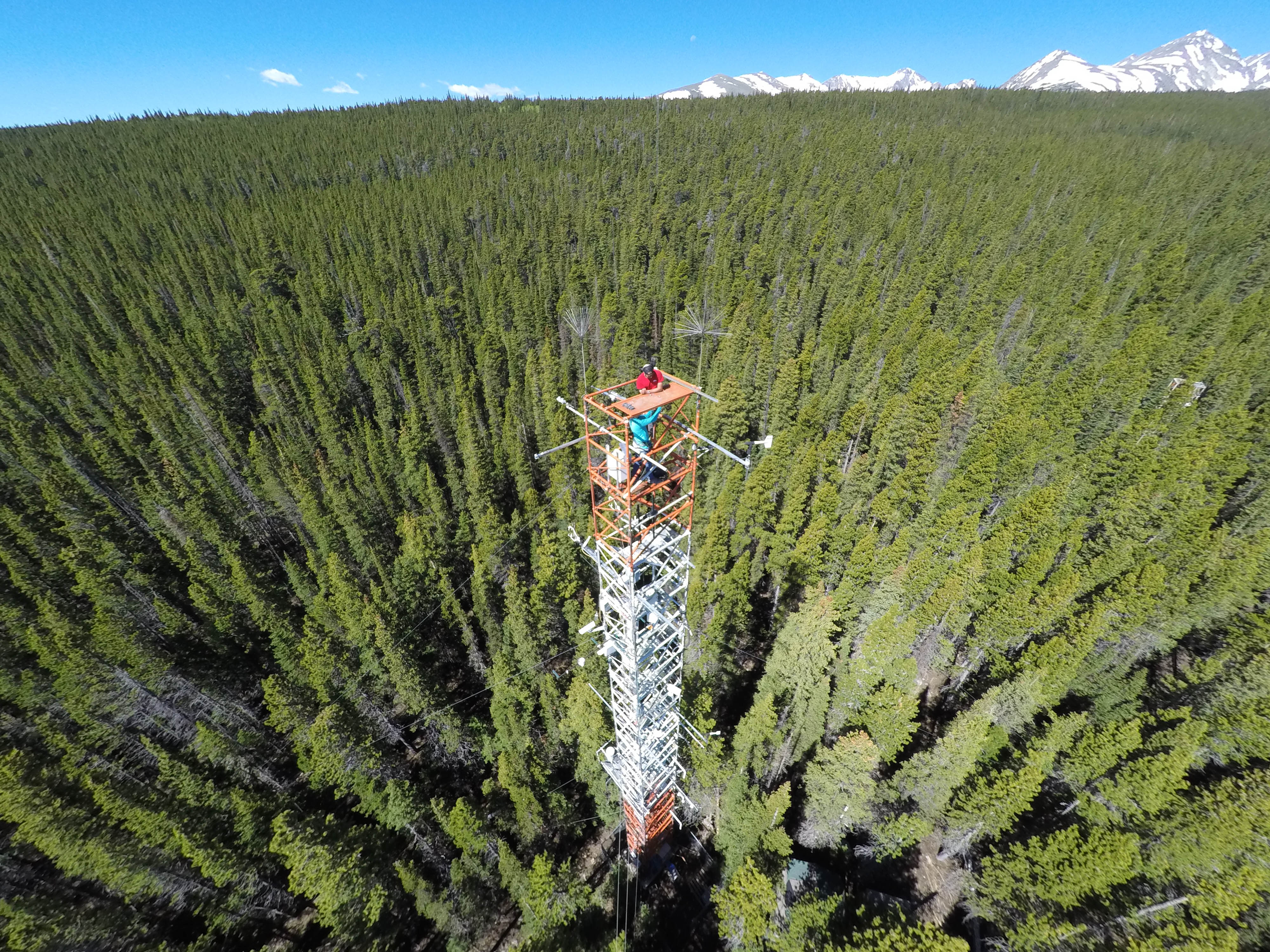
How to Get a Handle on Carbon Dioxide Uptake by Plants
How much carbon dioxide, a pivotal greenhouse gas behind global warming, is absorbed by plants on land? It’s a deceptively complicated question, so a Rutgers-led group of scientists recommends combining two cutting-edge tools to help answer the crucial climate change-related question.

Light a Critical Factor in Limiting Carbon Uptake, Even in the North
A new Columbia Engineering study demonstrates that even when temperatures warm and cold stress is limited, light is still a major factor in limiting carbon uptake of northern high latitudes. The team analyzed satellite observations, field measurements, and model simulations and showed that there is a prevalent radiation limitation on carbon uptake in northern ecosystems, especially in autumn.
Researchers Observe Branched Flow of Light for the First Time
A team of researchers from the Technion – Israel Institute of Technology has observed branched flow of light for the very first time. The beautiful phenomenon allows for new and exciting research opportunities in the fields of Optics and Optofluidics.
Rutgers Expert Available to Discuss Risks of Ocean Activities During COVID-19 Pandemic
New Brunswick, N.J. (May 21, 2020) – Rutgers University–New Brunswick Professor Kay Bidle is available for interviews on the possible risks from the novel coronavirus or other pathogens while swimming or surfing in oceans, bays, lakes and rivers. “We currently know very…

AIP Celebrates International Day of Light
Saturday, May 16, is a day to see how light influences our lives with the International Day of Light. The celebration is a global initiative that provides an annual focal point for the continued appreciation of light and the role it plays in science, the economy, culture and art, education, and sustainable development, and in fields as diverse as medicine, communications and energy.

Broadband Enhancement Relies on Precise Tilt
If a photon source could be placed on a single chip and made to produce photons at a high rate, this could enable high-speed quantum communication or information processing. In Applied Physics Reviews, a simple on-chip photon source using a hyperbolic metamaterial is proposed, and investigators carried out calculations to show that a prototype arranged in a precise way can overcome problems of low efficiency and allow for high repetition rates for on-chip photon sources.
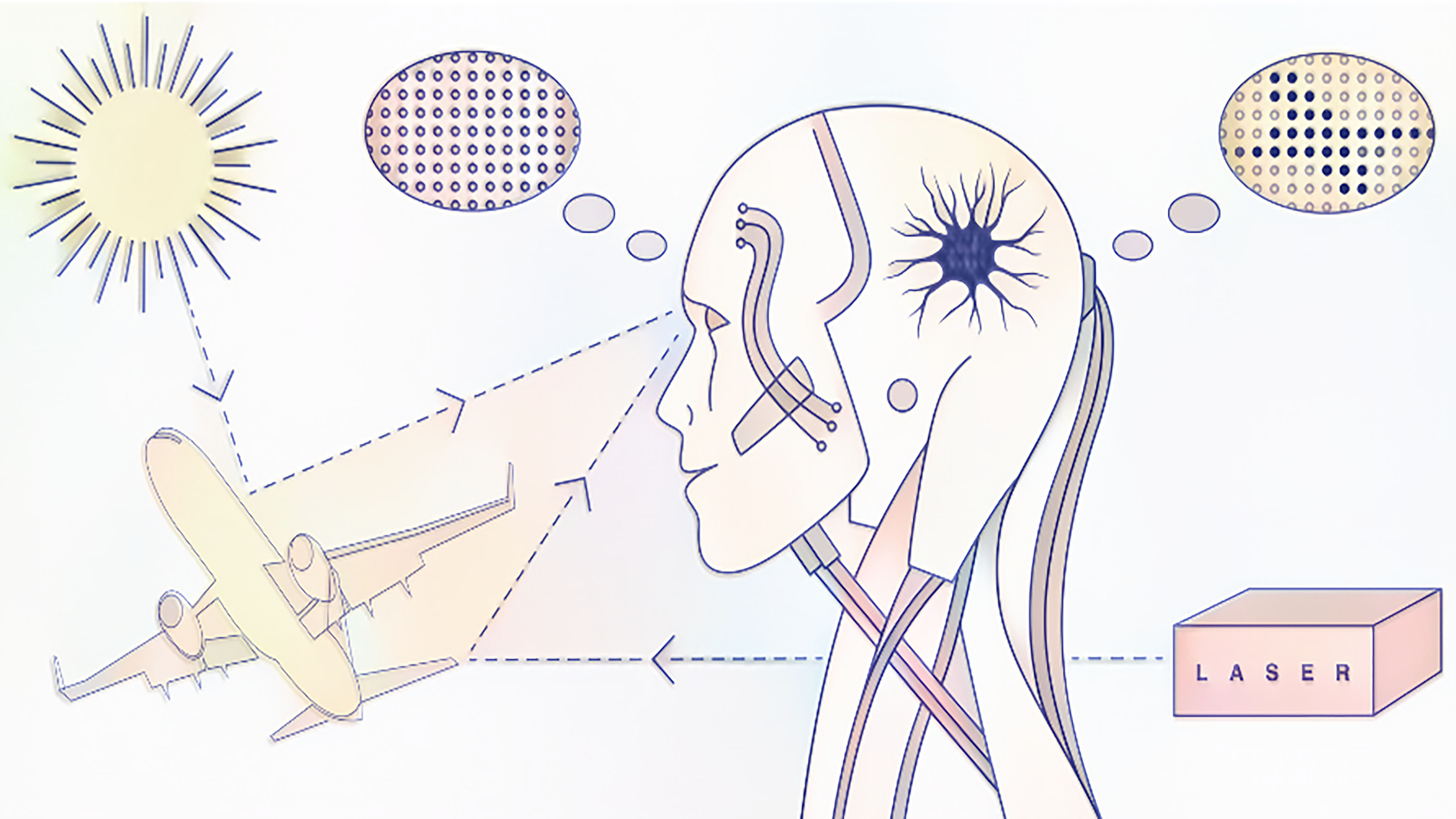
Identifying Light Sources Using Artificial Intelligence
Identifying sources of light plays an important role in the development of many photonic technologies, such as lidar, remote sensing, and microscopy. Traditionally, identifying light sources as diverse as sunlight, laser radiation, or molecule fluorescence has required millions of measurements, particularly in low-light environments, which limits the realistic implementation of quantum photonic technologies. In Applied Physics Reviews, researchers demonstrated a smart quantum technology that enables a dramatic reduction in the number of measurements required to identify light sources
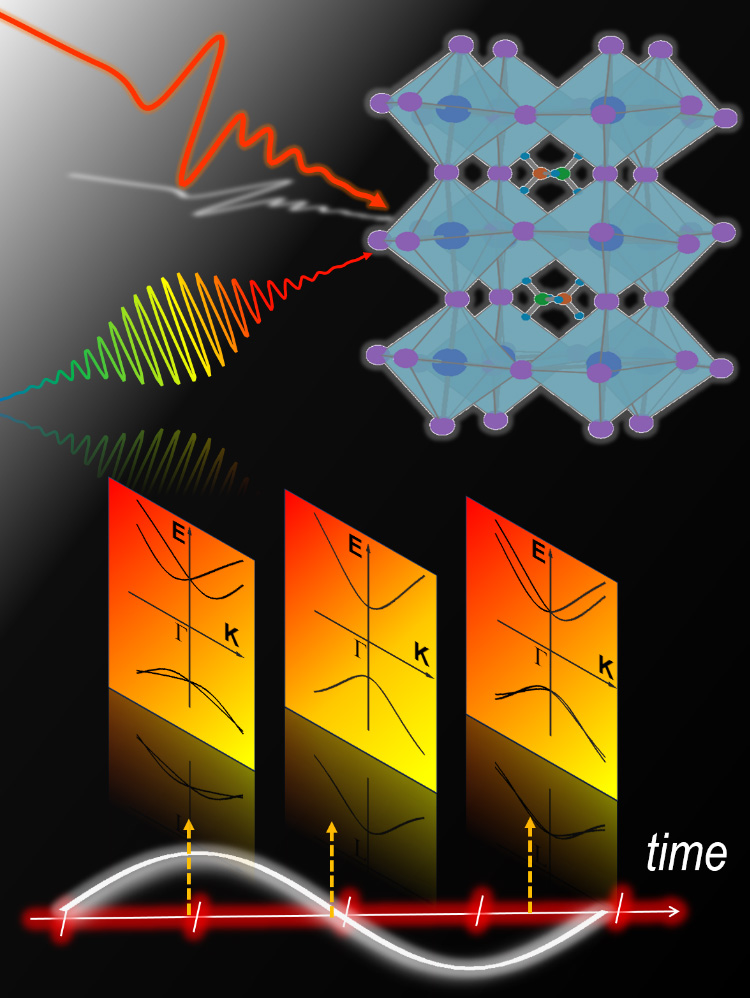
Finding the beat: New discovery settles a long-standing debate about photovoltaic materials
Scientists have theorized that organometallic halide perovskites— a class of light harvesting “wonder” materials for applications in solar cells and quantum electronics— are so promising due to an unseen yet highly controversial mechanism called the Rashba effect. Scientists at the U.S. Department of Energy’s Ames Laboratory have now experimentally proven the existence of the effect.
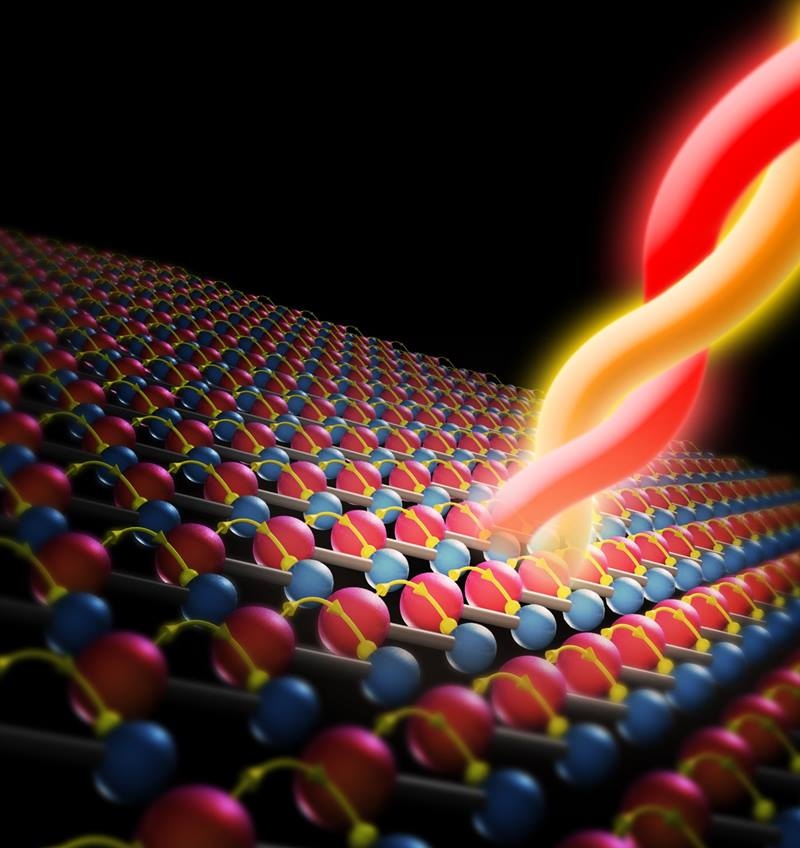
If You Want to Catch More Light, Twist It
Scientists created devices based on one Weyl semimetal, tantalum arsenide. They observed that this material was able to convert more light to electricity than any other material. The conversion was 10 times higher than previous measurements with other materials.
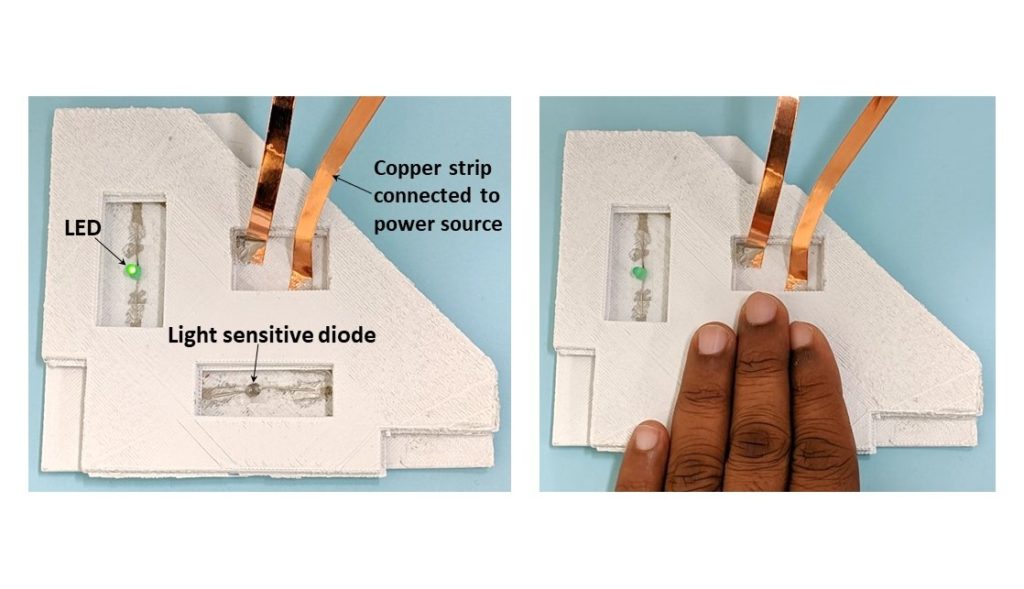
3D-Printed Plastics With High Performance Electrical Circuits
Rutgers engineers have embedded high performance electrical circuits inside 3D-printed plastics, which could lead to smaller and versatile drones and better-performing small satellites, biomedical implants and smart structures. They used pulses of high-energy light to fuse tiny silver wires, resulting in circuits that conduct 10 times more electricity than the state of the art, according to a study in the journal Additive Manufacturing. By increasing conductivity 10-fold, the engineers can reduce energy use, extend the life of devices and increase their performance.
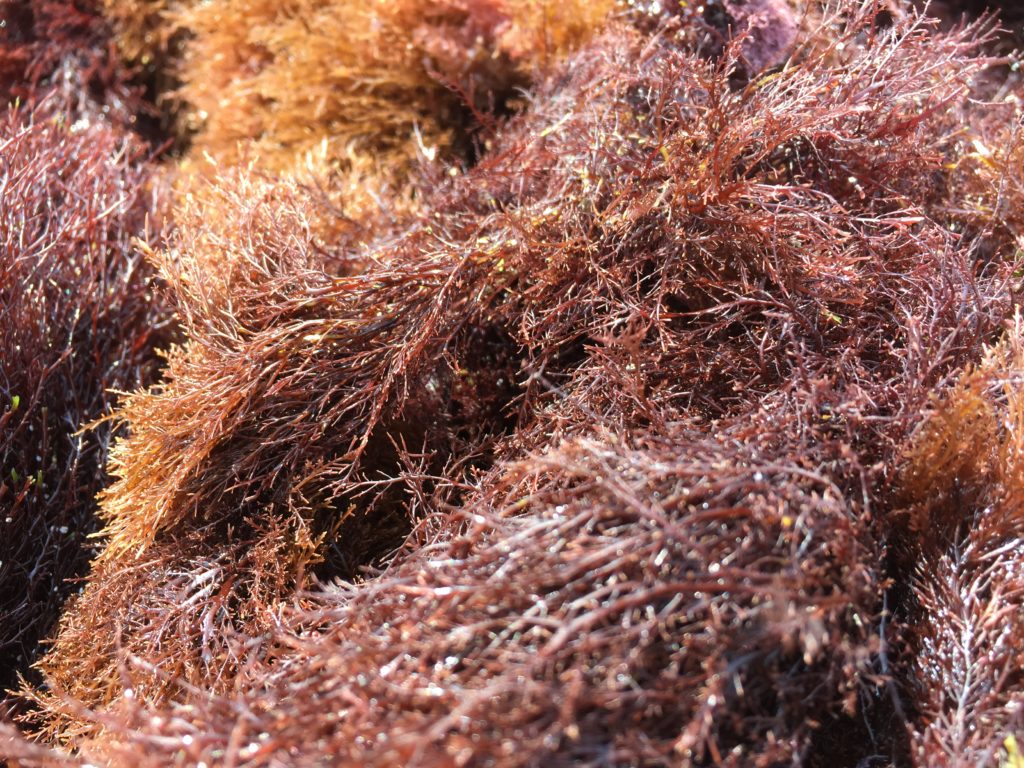
Red Algae Thrive Despite Ancestor’s Massive Loss of Genes
You’d think that losing 25 percent of your genes would be a big problem for survival. But not for red algae, including the seaweed used to wrap sushi. An ancestor of red algae lost about a quarter of its genes roughly one billion years ago, but the algae still became dominant in near-shore coastal areas around the world, according to Rutgers University–New Brunswick Professor Debashish Bhattacharya, who co-authored a study in the journal Nature Communications.
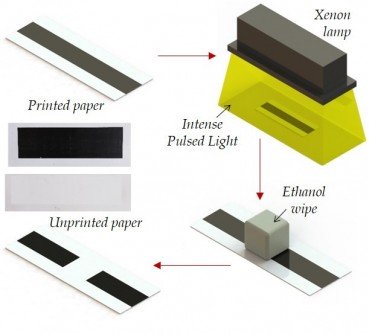
New Unprinting Method Can Help Recycle Paper and Curb Environmental Costs
Rutgers-led study shows the benefits of removing toner with pulses of intense xenon light Imagine if your printer had an “unprint” button that used pulses of light to remove toner, curbing environmental impacts compared with conventional paper recycling. A Rutgers-led…